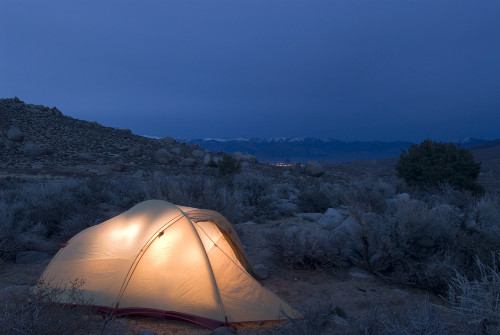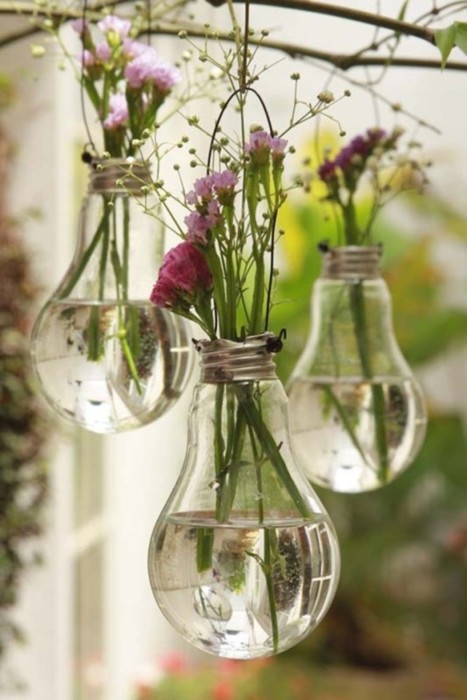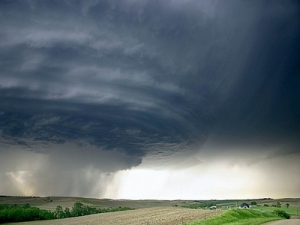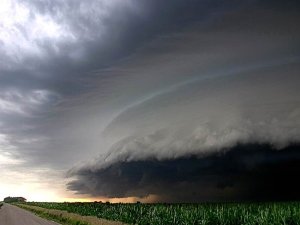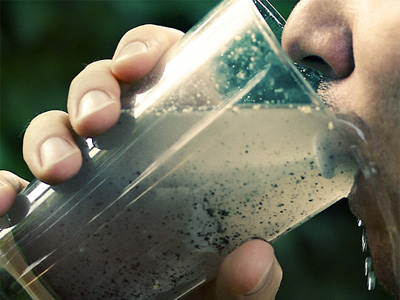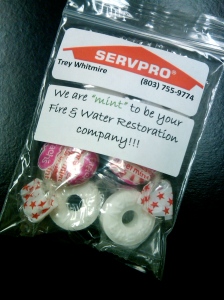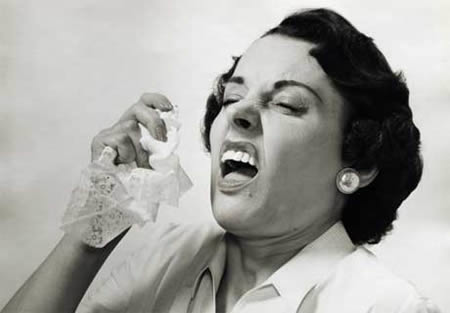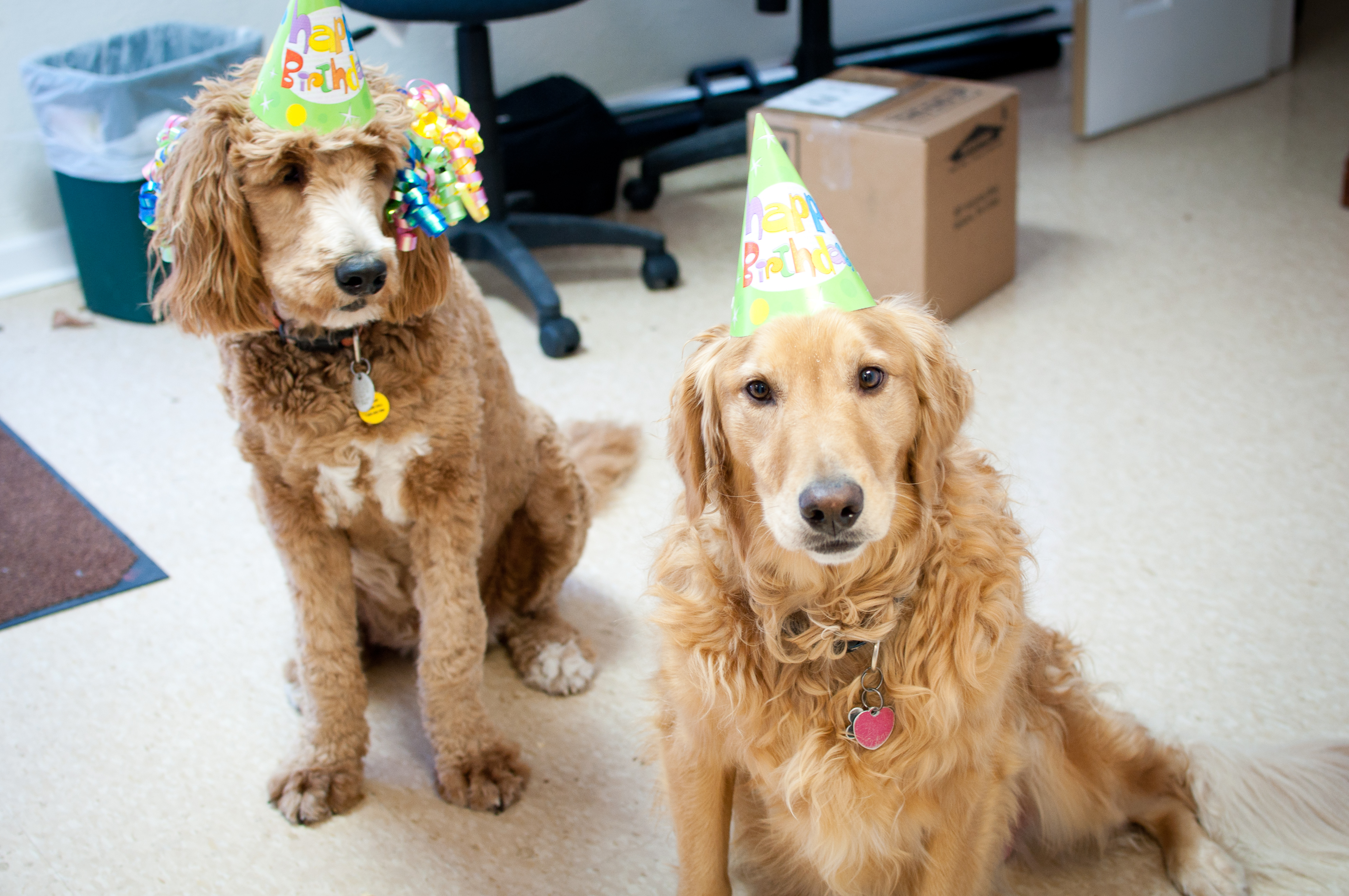Imagine 1200 homes like this all in one cove. This photo was taken by a member of our crew that is currently cleaning up the hurricane damage in the Outer Banks, NC. This is a reality for many home owners today. If you were one of the fortunate ones who is not currently focused on picking up the pieces of a damaged home, then perhaps it's time to see what you can do to help.
Step 1: Call your local Red Cross chapter and ask to volunteer. Labor day is coming up, and what better way to use it? Bring the whole family along, as there's something for everyone to do, including helping with care packages and blood donation drives.
Step 2: Donate blood. The blood supply was already low, but the recent disaster has further increased the need. This is one thing you can do that will directly save lives. How can you say no to that opportunity?
Step 3: Donate money. This is one of the fastest ways you can help hurricane victims. Here are some places to consider donating:
- American Red Cross -- Beginning a large scale relief operation to help people who were in the path of Hurricane Irene. Select "Disaster Relief" in the designated field.
- Americares -- Has stocked crucial supplies should the need arise for an immediate emergency response. To designate your gift to US Disaster Relief, write “Hurricane Relief Fund” in the designation field.
- Direct Relief International -- Hurricane Prep Packs pre-positioned at 39 total locations before hurricane season started in June, with 17 locations across four states in Irene's path equipped to help people affected by the storm. To designate your gift, write "Emergency Preparedness & Response" in the designation field.
- Humane Society -- The HSUS Animal Rescue Team is on the ground in North Carolina, Vermont and other hard hit areas responding where they are needed the most.
- K.I.D.S. -- Kids in Distressed Situations, Inc. (K.I.D.S.) is distributing clothes, shoes and home goods to needy children and families on the East Coast, in NJ & VT.
- Operation Blessing -- Positioned to respond with emergency food, water and other relief supplies for impacted families. To designate your gift, write "Hurricane Relief" in the designation field.
- Salvation Army -- Prepared in the case that Hurricane Irene makes landfall. The Florida Division is equipped with mobile kitchens, shower trailers, field kitchens, and equipment To designate your gift, write "Disaster Services" in the designation field.
Tips on giving: Do give to an established charity, do designate your gift, don't go through telemarketers, do research and follow up, and do give online.
Follow us on Twitter!
Content credit: KNCI, Network for Good, and Charity Navigator
Sandy Hayden


